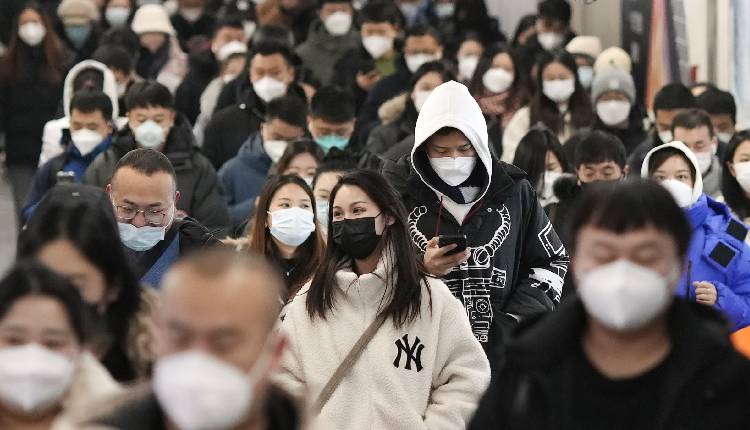China’s population decreased by 2.08 million, or 0.15%, settling at 1.409 billion in 2023, as reported by Reuters on Wednesday.
The National Bureau of Statistics, according to Reuters, declared that population declined for the second year in a row due to a record low birth rate and a surge in COVID-19 fatalities after the end of strict lockdowns.
These factors sped up a downturn that will significantly impact the economy’s potential for long-term growth.
The population decline in 2023 significantly surpassed the decrease of 850,000 in 2022. This marked the first population drop since the Great Famine of the Mao Zedong era in 1961.
Last year, deaths increased by 6.6% to 11.1 million, marking the highest death rate since 1974, as China saw a nationwide COVID surge after the sudden removal of strict virus containment measures in December 2022.
Moreover, births dropped by 5.7% to 9.02 million, with a record low birth rate of 6.39 per 1,000 people, down from 6.77 in 2022.
High costs for childcare and education deter many Chinese couples from having children, and job market instability discourages women from taking career breaks.
Local governments have introduced incentives like tax deductions, extended maternity leave, and housing subsidies to promote childbirth.
However, a Beijing policy institute stated that many of these policies remain unimplemented due to a lack of funds and local government motivation, suggesting a unified family subsidy scheme instead.
New data raises concerns about the slowing growth of the world’s second-largest economy due to a decrease in workers and consumers.
Simultaneously, increasing costs of elderly care and retirement benefits are adding pressure to debt-laden local governments.
U.N. experts predict a decline in China’s population by 109 million by 2050, a more than threefold increase from their 2019 forecast.
Last year, India overtook China as the world’s most populous country, as per U.N. estimates, which has sparked further discussions on the benefits of shifting some supply chains from China to other markets, particularly in light of increasing geopolitical tensions between Beijing and Washington.
